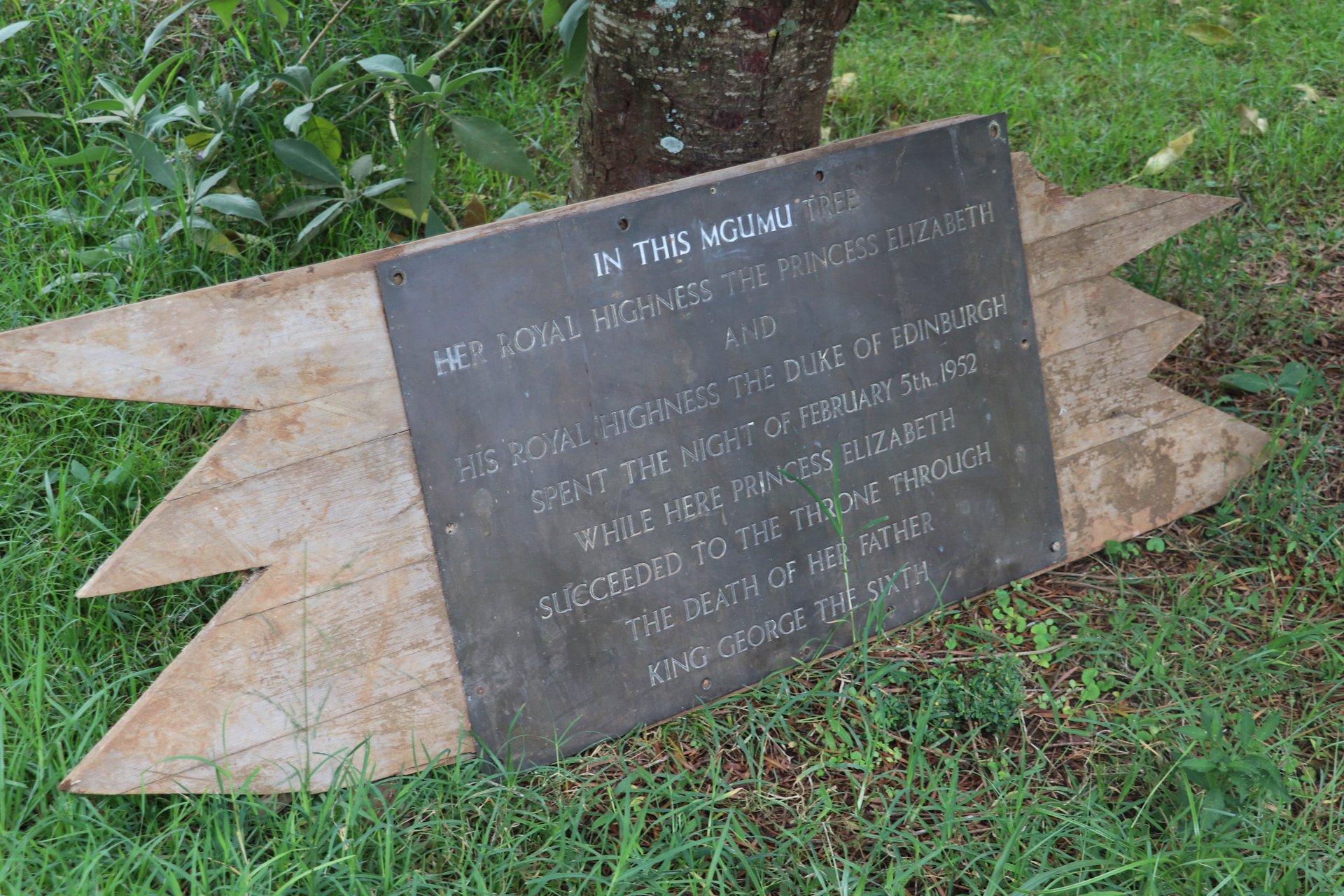The Kenyan hotel where Elizabeth learned she was queen is a casualty of covid. Her death could be its revival.
Treetops Hotel staff are optimistic that the death of the monarch could attract investors to revive its business after Covid-19 wiped out its fortunes.
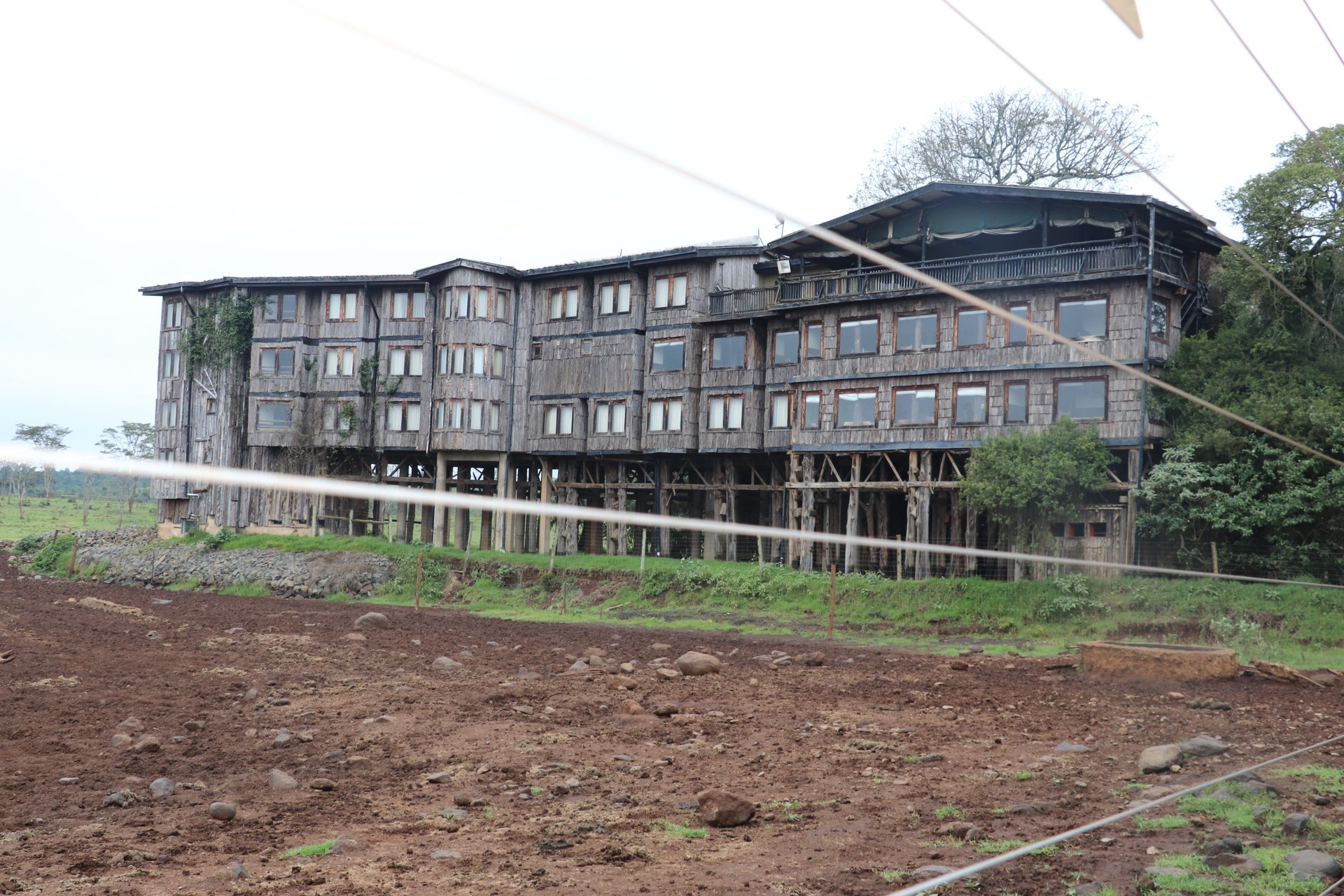
A 15-minute drive from Nyeri town, located 144 km from the Kenyan capital Nairobi, takes me through a smooth tarmac road before a right turn to a muddy road that ends at the gate of the Aberdare National Park. This road leads to the historic Treetops Hotel, where in 1952 a 25-year-old Princess Elizabeth on vacation learnt of her father’s passing and her rise to the throne.
It’s early morning after the queen’s death was announced. After clearing security checks, we call a marketing officer at the hotel, who tells my driver and me to wait for an hour so that the premises can be cleaned up, given the business has been closed for a year.
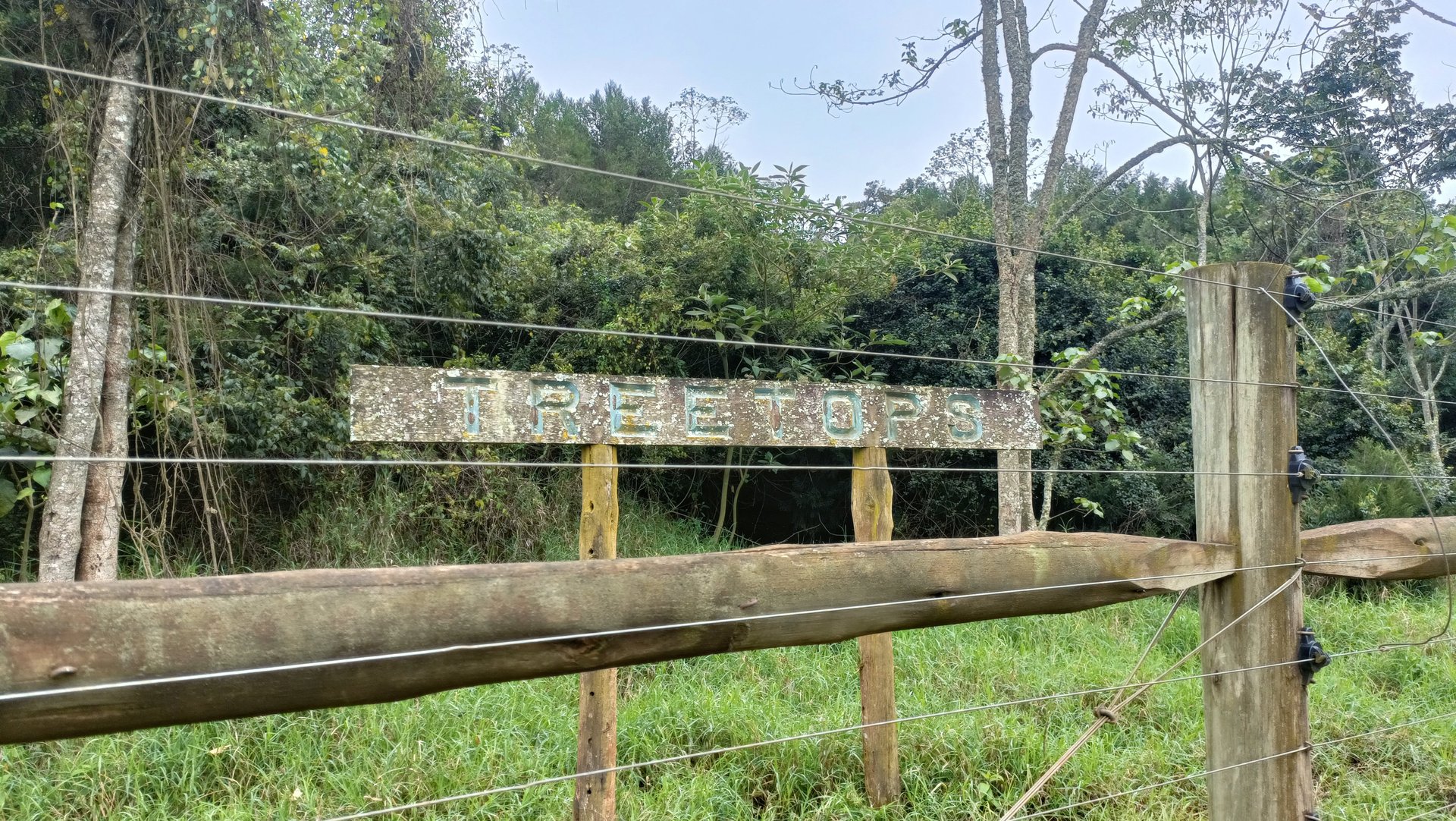
We drive up the hill, through thickets and tall grass covered by morning dew. A buffalo is grazing, and birds are chirping as we stop in front of a rusted gate with an old, decaying wooden sign reading “Treetops.” An electric wire fence keeps wild animals out of this historical facility.
Slept a princess, woke up a queen
The entrance to the three-story wooden building is supported by strong timber pillars hidden in a bushy tunnel which leads you to the rooms upstairs. The hotel has two spiral metallic stairs, one at the front and another at the back which faces what used to be a water hole for wild animals.
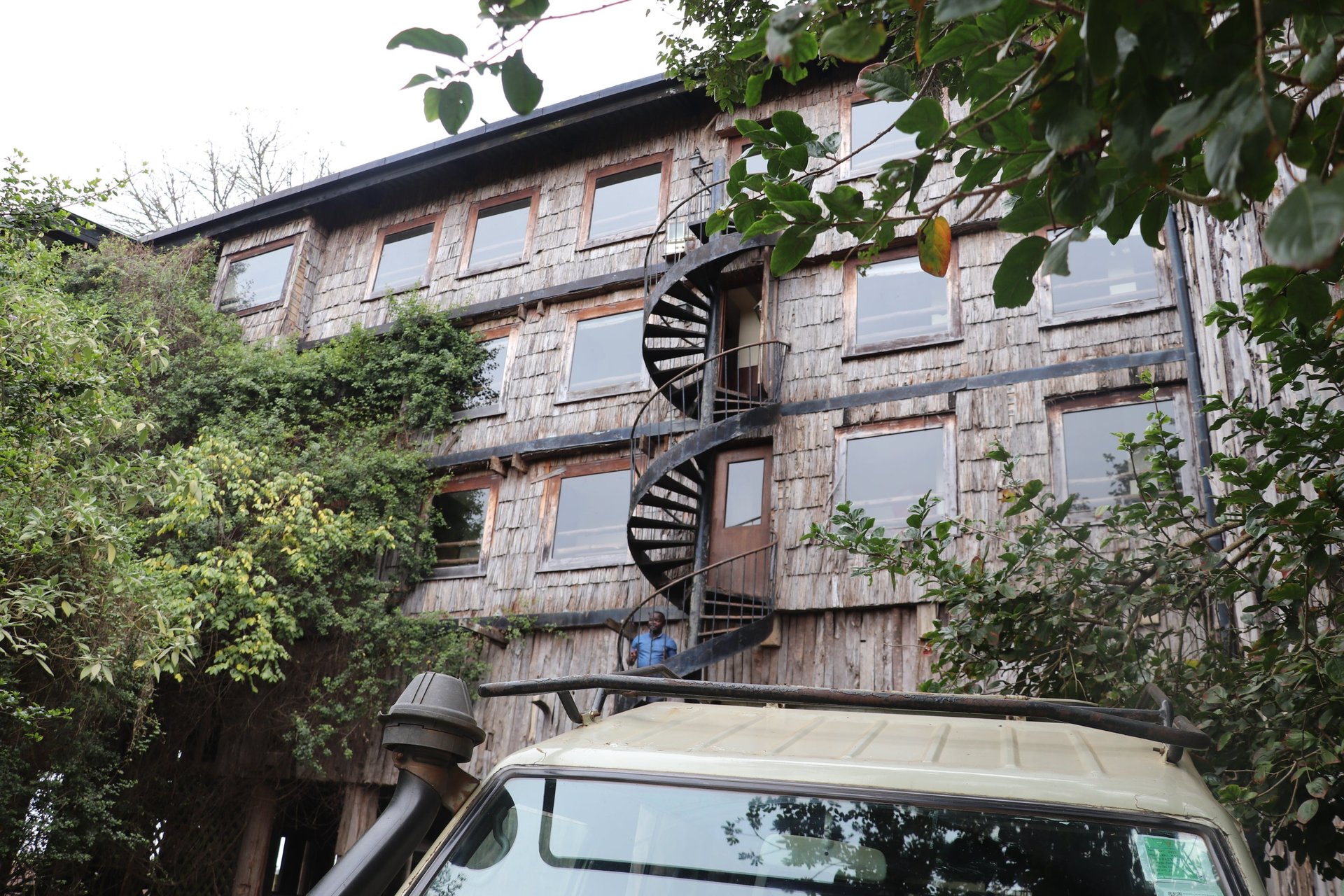
At the reception on the second floor, which hosts a room labeled “18, Princess Elizabeth Suite” in her remembrance, two candles have been lit with the portrait of Queen Elizabeth at the center. There is a somber mood among the former staff—chefs, waiters, and drivers—who worked here before covid-19 struck. They have been brought in to welcome the flurry of visitors expected after the queen’s passing.
Visitors and journalists sign the condolence book as they pore through volumes of books with signatures of world leaders who visited the place over the decades.
“I want to sleep where the queen spent a night.”
The floors and walls are wooden, and chairs and tables are arranged in a manner that suggests years of disuse.
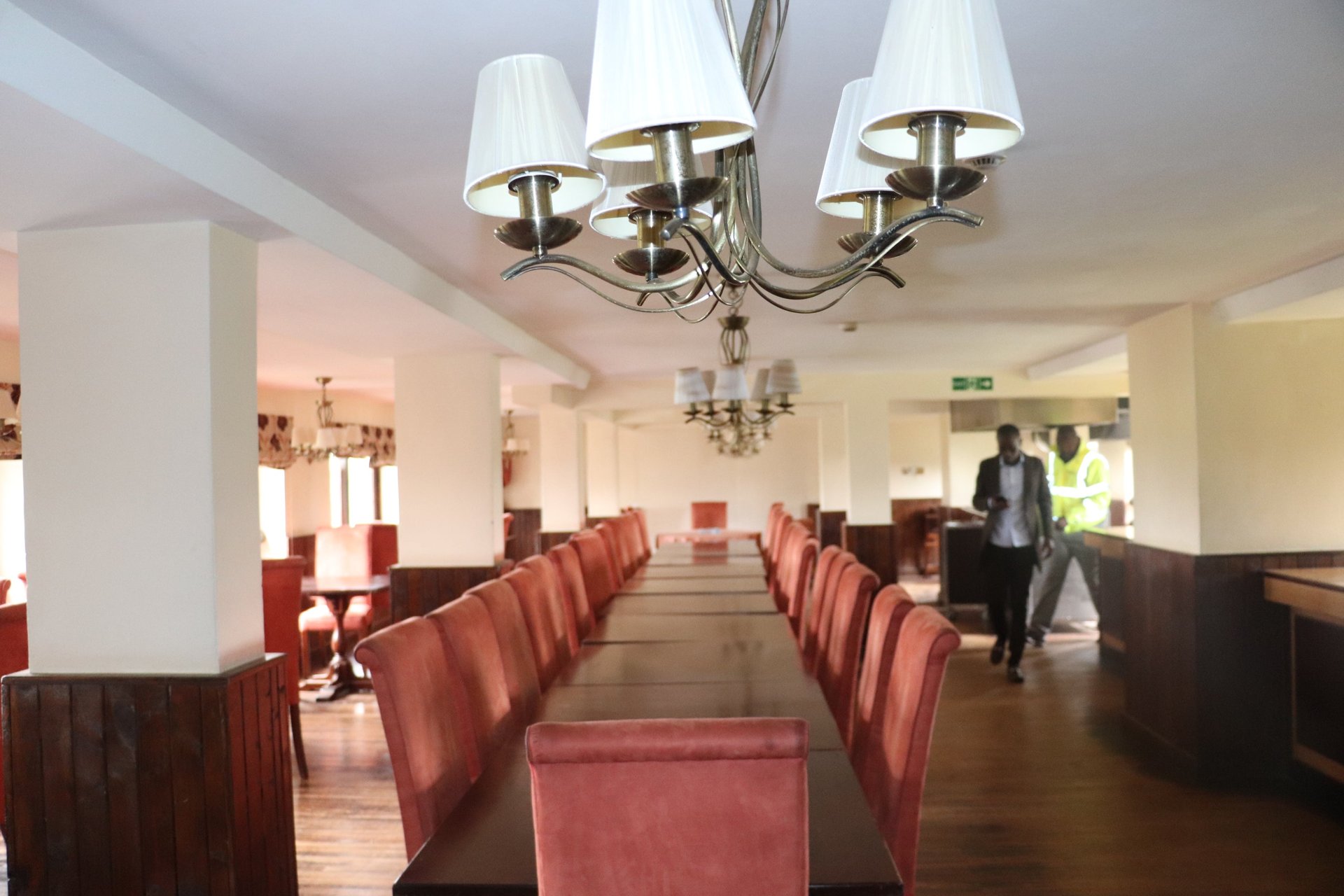
Covid-19 and Treetops Hotel
“It’s sad that this hotel has not sprang back from covid-19 woes. It was my source of livelihood. It has been painful since then but now I’m hurting more since the person who made this place famous is now dead,” James Mburu, a former chef at the hotel tells Quartz.
Mburu is optimistic that the renewed interest the hotel is getting in the wake of the queen’s death will revive investor interest in getting the hotel back to its former glory.
“Yes, if business is revived, the hotel could attract more clients than it used to. They’ll say ‘I want to sleep where the queen spent a night.’”
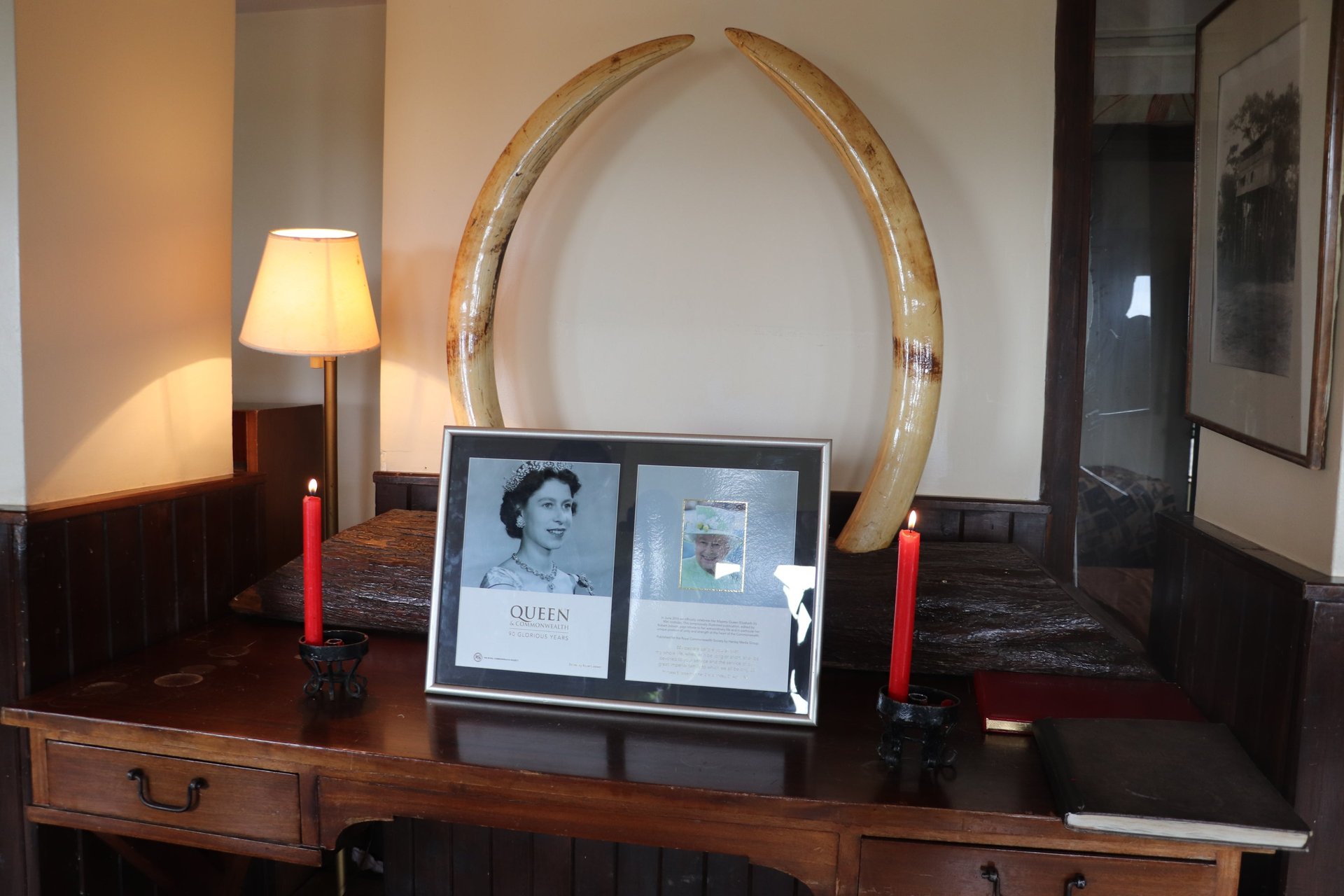
In the parking lot sits a branded Land Cruiser van whose engine last revved in October last year when the hotel closed down after 90 years of operation. It is perhaps a sign of optimism that the van is still on the premises.
Amos Ndegwa, who was managing the hotel before covid-19 forced it to close shop tells Quartz that business was booming before the pandemic as many visitors wanted to see and experience the place “where a princess climbed a tree and came down a queen.”
“When operating at full capacity, we used to have about 80 guests a month and we had 160 employees. The value of the business then was between $1 million and $2 million. But we closed down and laid off all staff,” Ndegwa says.
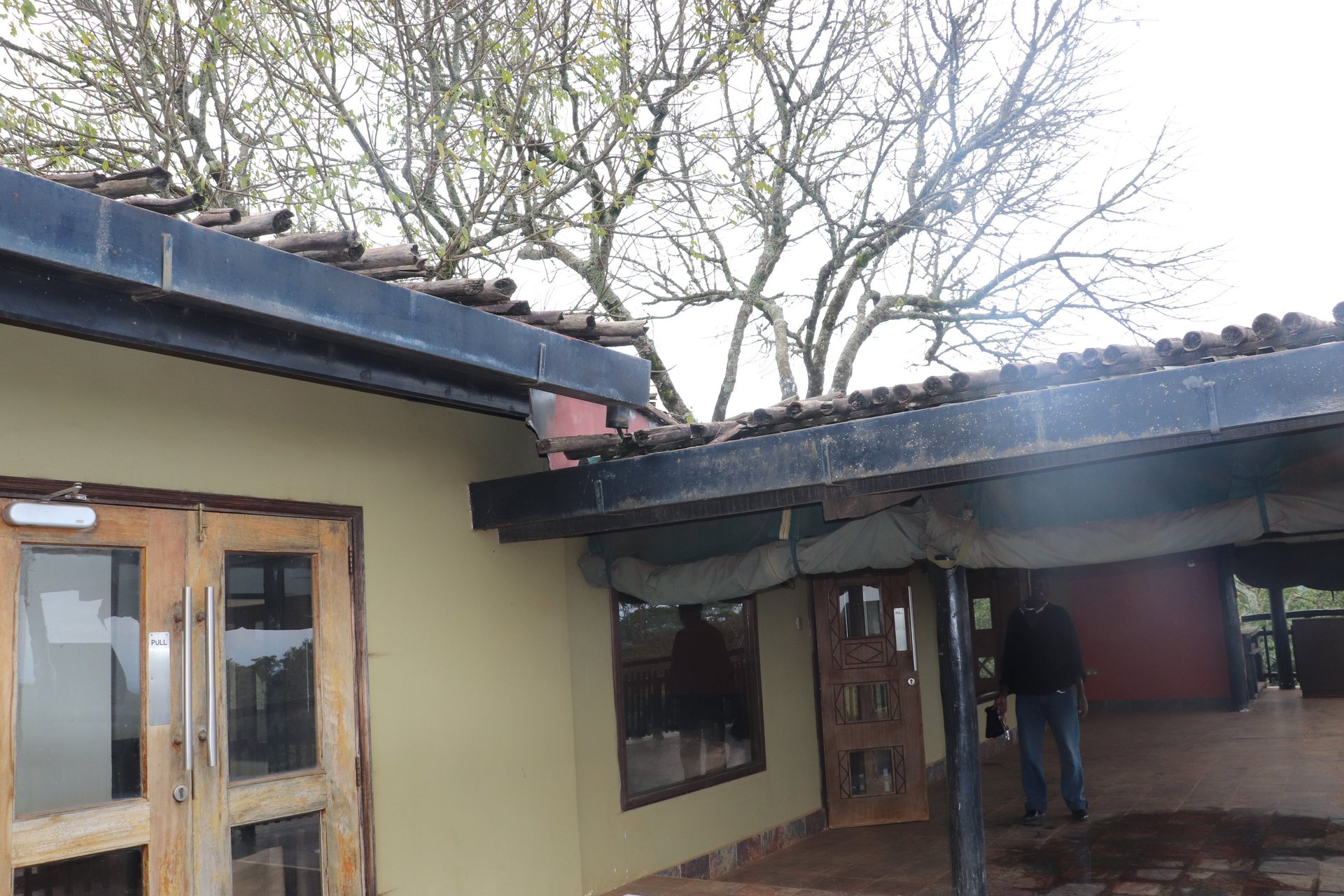
Negligence by the Kenyan government is partly to blame for the loss of business for the hotel. Though colonial rule memories of forced labor and taxation still linger for locals, the hotel was a major source of income for many.
“Farmers around this place used to supply the hotel with vegetables such as potatoes, tomatoes, kales, and cabbages. Others would offer transport services. And that made them happy,” Ndegwa, who became a renowned park tour guide due to the hotel, says.
The origin of Treetops Hotel
Ndegwa points to stumps of trees and explains how they supported the makeshift three-bed “treehouse” where Queen Elizabeth spent a night in 1952 during the height of colonialism and fight for freedom in Kenya.
“It was not a hotel, it was a hunting dais and was first built by my grandfather Waikenyi Maina in 1932. My father Thomas Ndiangui, then a chef, rebuilt it.” The cabin could only be reached using an improvised ladder that was hammered into the bark of the African fig tree, overlooking a water hole and salt lick.
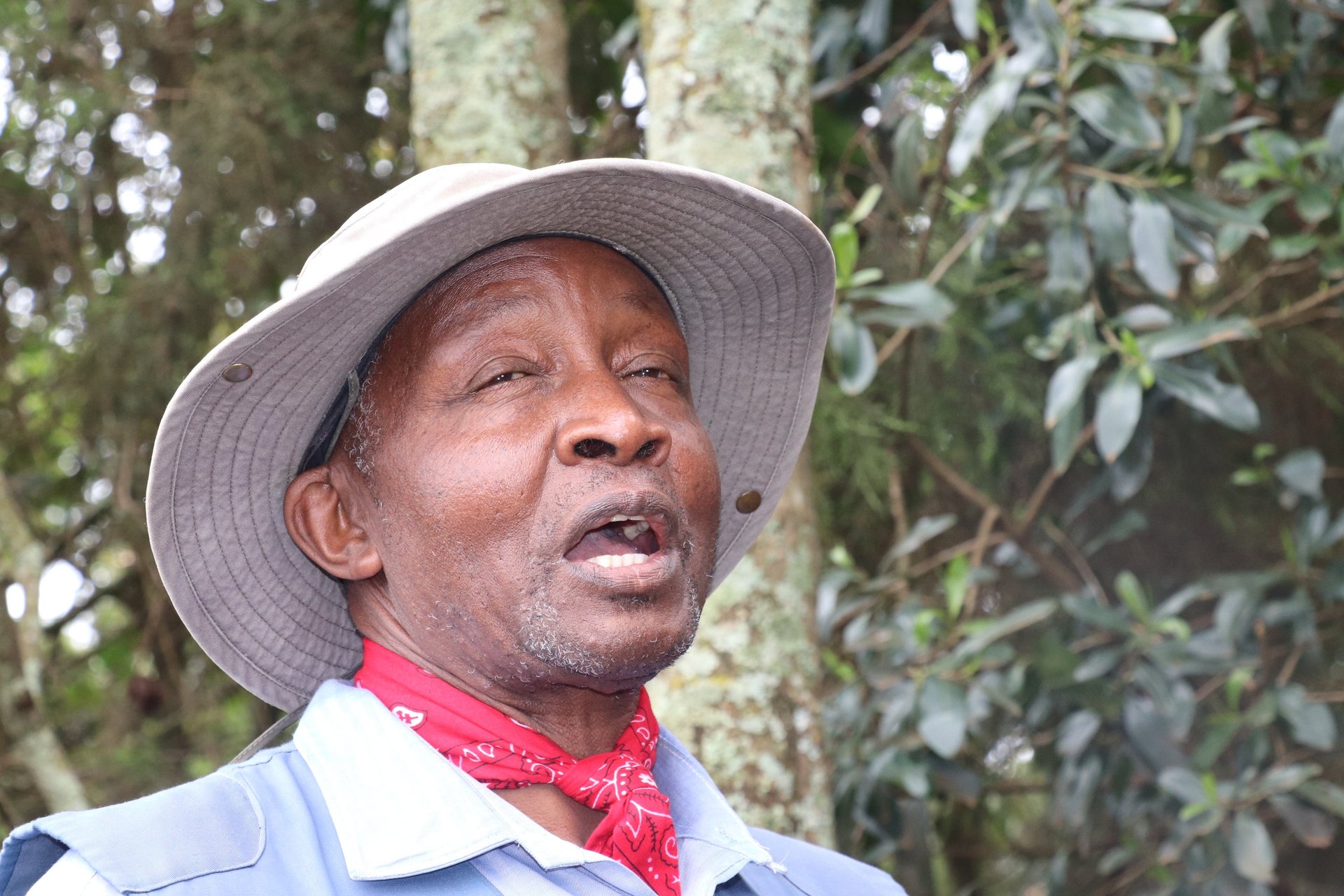
The young princess spent time atop the fig tree watching a herd of elephants drink water at a water point that has now dried up, reminiscent of Queen Elizabeth I’s 1558 ascent to the throne (also at age 25). She learned of her sister Queen Mary’s death as she sat next to an oak tree at Hatfield House.
Princess Elizabeth left London for Nairobi, over 10,000 km away, with her husband Prince Philip on Jan. 31, 1952, and on Feb. 5 they climbed the tree only to sit on the British throne the following day. She died on Sept. 8 at the age of 96 years. Her husband died in April last year aged 99.

Wall photos at the hotel indicate that it has been rebuilt four times—in 1953, 1957, 1969, and 2004—each with a facelift to reflect the changing generational preferences over the years.
After learning that a monarch had slept there, Ndegwa explains, Mau Mau guerilla freedom fighters burnt it down in 1954, but it remained famous and attracted investors who built the Treetops Hotel out of wood in memory of that historical visit by the queen. But only a wooden plaque with inscriptions about her visit 70 years ago remains at the moment. A piece of the blue carpet that Elizabeth sent to Kenya after she was coronated in 1953 is kept to this day by a worshipper at St Philip’s Anglican Church in Nyeri.
The queen would visit Kenya again in March 1972 on her way from her South East Asia trip, and was hosted by Kenya’s founding president Jomo Kenyatta at State House, Nairobi. But it only lasted four hours before she flew back to London.
When she visited Kenya again in 1983, Queen Elizabeth II spent a night at the Treetops Hotel and her room has since been labeled by the hotel’s management as the “Princess Suite.” She visited again in 1991 but was criticized for seemingly supporting president Daniel Moi’s dictatorial rule.

In celebration of the coronation of Queen Elizabeth on June 2, 1953 at the Westminster Abbey, a group of European motor sport enthusiasts in Kenya organized the country’s first ever motor rally dubbed “The Coronation Safari,” which birthed the current Safari Rally tournament. However, ownership of a motor vehicle at the time was restricted to the white minority. Last year’s Safari Rally pumped more than $33 million into the Kenyan economy.
Ndegwa is confident that Treetops’s eminence will soon kick start what he foresees will be a more stable business “maybe in December or early next year.”
“After the queen’s death, the only thing we are left with is her room here. Since March 2020, the number of visitors reduced significantly and we had to close in October last year. I hope the government helps us to revive the hotel.”
